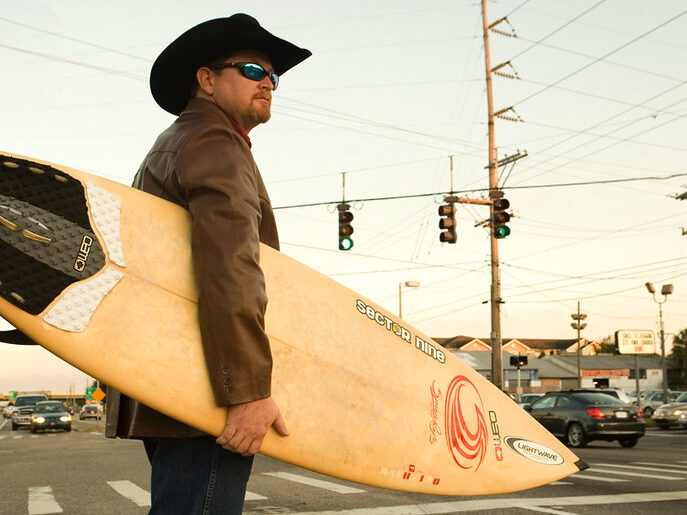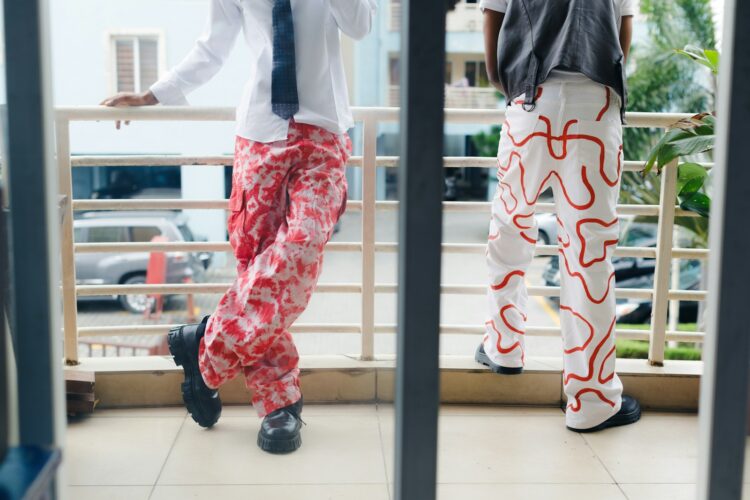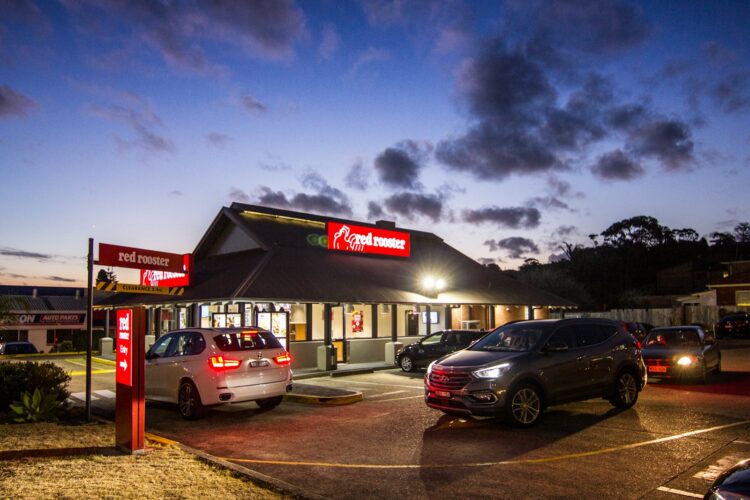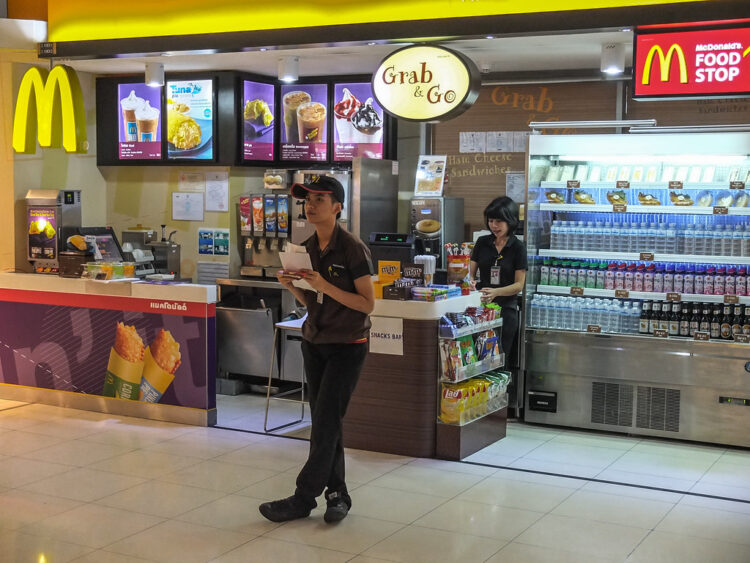
American culture is filled with habits that seem completely normal within the U.S. but could raise eyebrows, or even cause offense, in other countries. From tipping expectations to over-the-top friendliness, here are ten everyday American behaviors that don’t always translate well abroad.
Tipping for Almost Everything

In the U.S., tipping is not just encouraged—it’s expected. Restaurant servers, bartenders, hotel staff, and even baristas often rely on tips for income. But in many countries, tipping is either unnecessary or even considered rude. In Japan, for example, leaving a tip can be seen as insulting, as good service is simply part of the job.
Making Small Talk with Strangers

Americans love small talk. Whether it’s chatting with a cashier, making conversation in an elevator, or commenting on the weather with a neighbor, casual interactions are a part of daily life. However, in places like Germany or Scandinavia, this behavior can come off as intrusive or even annoying rather than friendly.
Personalizing Every Order

In the U.S., it’s completely normal to ask for extra sauce, no onions, dressing on the side, or a half-caf oat milk latte with caramel drizzle. Customization is expected. But in many countries, particularly in Europe and Asia, altering a dish is seen as disrespectful to the chef—or just unnecessary.
Ice in Every Drink

Americans love their beverages ice-cold, whether it’s soda, water, or even coffee. But in many parts of Europe, drinks are typically served with little to no ice. In some Asian countries, people even believe that drinking cold beverages is bad for digestion and prefer warm drinks instead.
Wearing Pajamas or Gym Clothes in Public

In the U.S., it’s completely acceptable to run errands in sweatpants, pajamas, or gym wear—even if you haven’t exercised. However, in many countries, particularly in Europe, people tend to dress more formally in public. Wearing leggings and hoodies outside the house can make you stand out as a tourist.
Smiling at Everyone

Americans are known for smiling—a lot. It’s seen as a friendly, polite gesture. However, in some countries, like Russia or France, excessive smiling can seem fake or suspicious. If you walk down the street grinning at strangers, you might get some confused or even wary looks.
Having Drive-Thrus for Everything

Fast food, coffee, banks, pharmacies—if it can be done through a car window, Americans will find a way. While drive-thrus are common in the U.S., they’re rare in many other countries. In places like Japan and most of Europe, people are more likely to park and go inside, even for a quick coffee.
Expecting Free Refills

In American restaurants, free refills on soft drinks and coffee are almost a given. Servers automatically top off your drink without a second thought. But in most of the world, free refills simply don’t exist. If you want another drink, you’ll need to pay for it—no unlimited soda fountains here.
Over-the-Top Customer Service

American customer service is often highly enthusiastic, with employees greeting you with a big smile, asking about your day, and going out of their way to help. In some countries, this level of friendliness feels unnatural or even aggressive. Many European countries prefer a more neutral, no-nonsense approach to service.
Taking Food to Go

Grabbing a coffee or a meal “to go” is second nature in the U.S., but in many countries, food is meant to be enjoyed while sitting down. In places like Italy or France, walking around with a coffee cup is uncommon—people prefer to sip their espresso at a café, taking their time.

